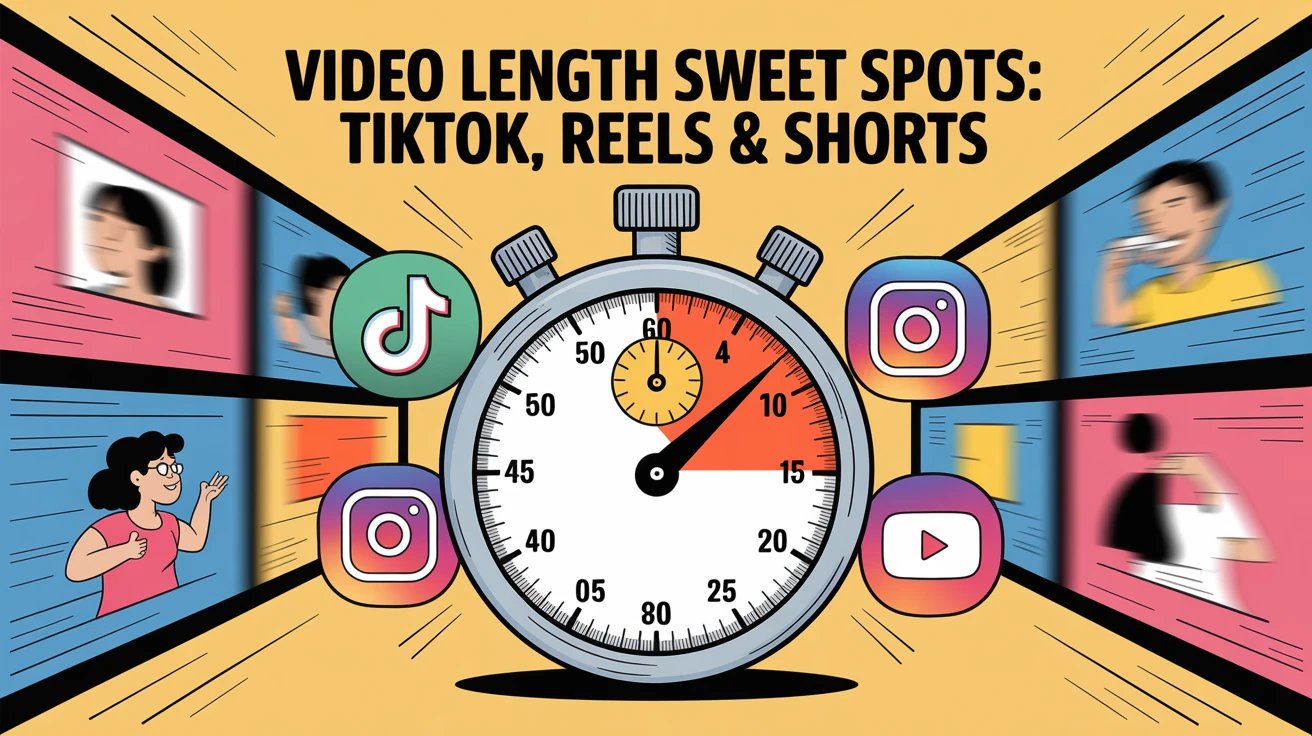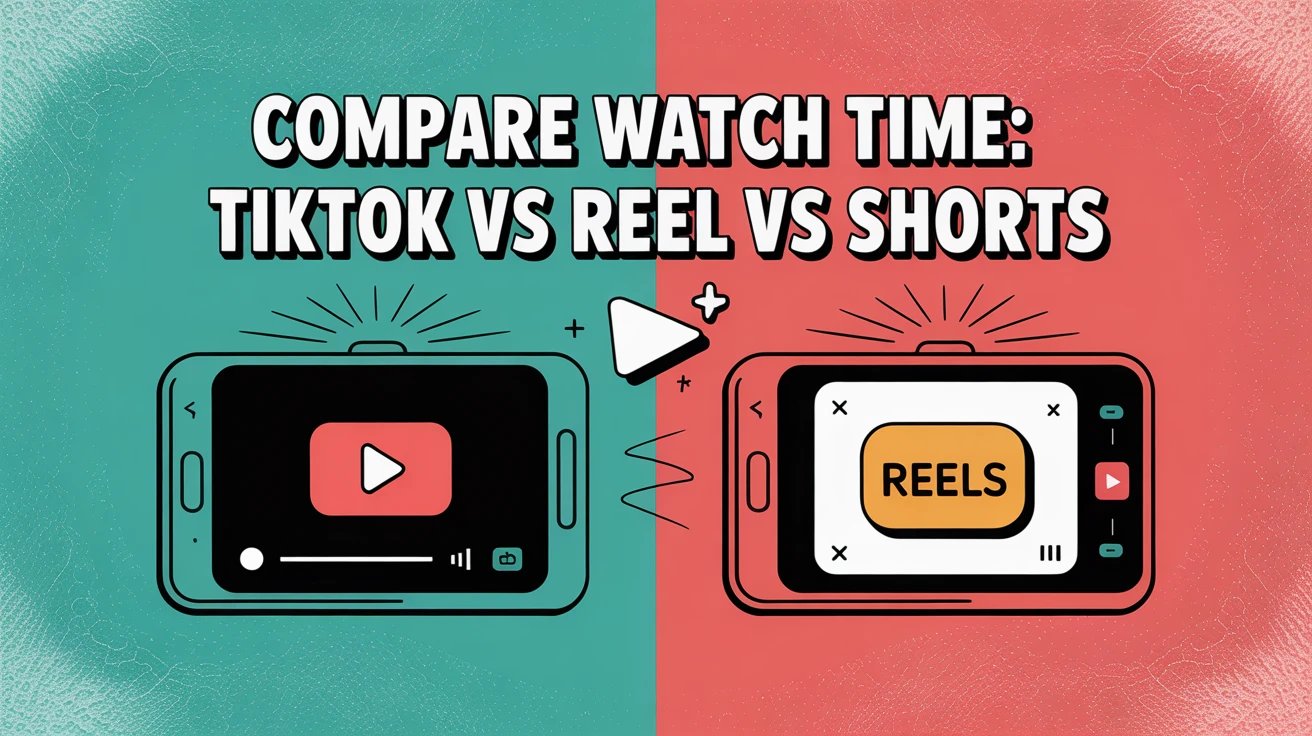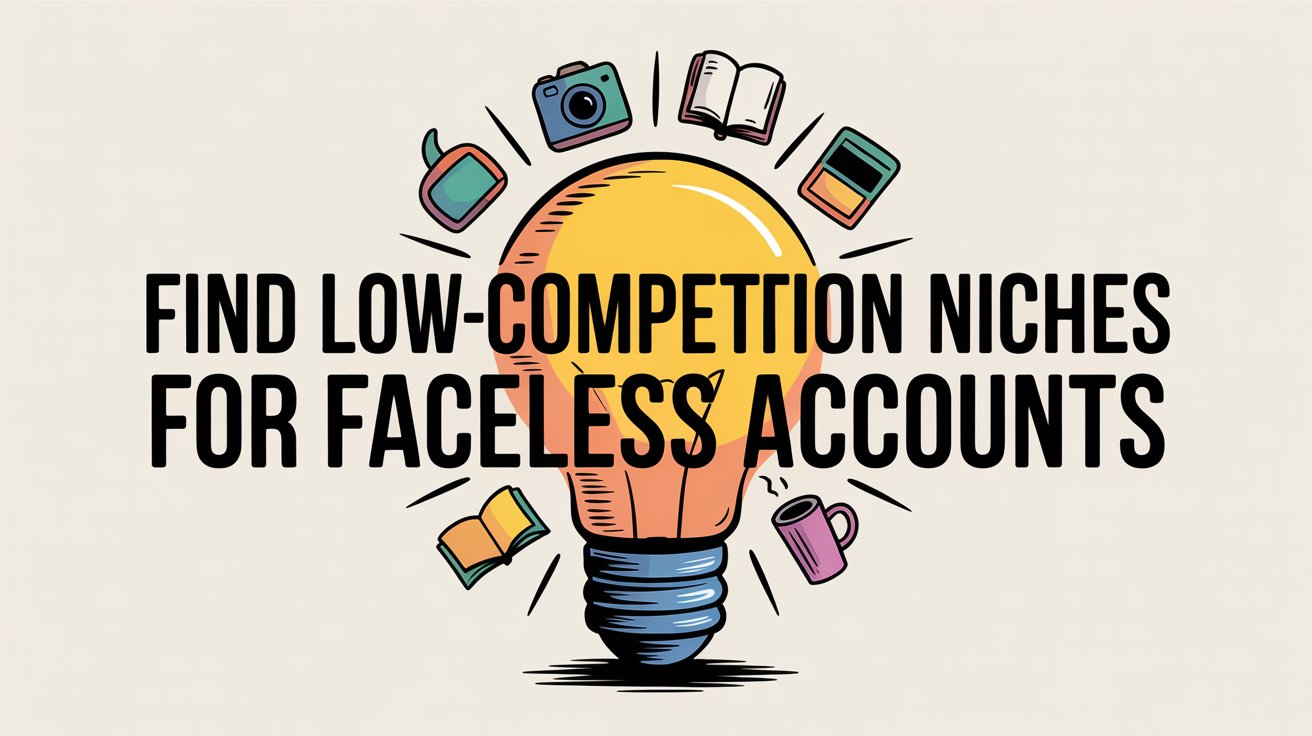Understanding the customer journey is extremely important for anyone aiming to enhance their marketing efforts and drive conversions. In today’s digital-first landscape, where touchpoints are scattered across so many platforms, marketers need to employ a comprehensive approach to track customer interactions at every stage. A strategic blend of social media monitoring and web analytics is essential for obtaining full-funnel insights, enabling businesses to connect the dots and refine their marketing strategies.
In this post, we will explore how combining social media monitoring with web analytics can provide businesses with a holistic view of the customer journey, all the way from awareness through to conversion, and how this data can be used to optimize marketing efforts.
The Customer Journey in Today’s Digital Landscape
The customer journey today is rarely linear. Consumers move across multiple devices, engage with brands through various channels, and rely on diverse sources of information before making a purchase decision. This journey can be broken down into several key stages:
- Awareness: The customer becomes aware of the brand or product, often through social media or digital ads.
- Consideration: The customer explores options, reads reviews, or interacts with the brand through web searches or social media content.
- Decision: The customer is ready to make a purchase and visits the website to complete the transaction.
- Post-Purchase: After the purchase, the customer may engage with the brand for support, reviews, or feedback, and potentially become a loyal customer or advocate.
Tracking this journey and understanding how customers interact at each stage is crucial for refining marketing efforts. Here’s where combining social media monitoring and web analytics comes into play.
Social Media Monitoring: Capturing Early-Stage Engagement
Social media platforms are often where the customer journey begins. Whether through organic posts, paid ads, or influencer marketing, social media drives brand awareness and influences customer perception. Social media monitoring tools like Hootsuite, Sprout Social, and Shortimize allow businesses to track brand mentions, customer sentiment, and engagement across various platforms.
Key Benefits of Social Media Monitoring:
- Brand Awareness and Sentiment: By monitoring mentions, hashtags, and conversations related to the brand, businesses can gauge overall sentiment and identify emerging trends. This helps marketers understand how potential customers perceive the brand and tailor their messaging accordingly.
- Identifying Influencers and Advocates: Social media monitoring helps identify influential users who are discussing the brand, providing an opportunity for partnerships or collaborations to further amplify brand reach.
- Engagement Metrics: Metrics like likes, shares, comments, and retweets can indicate how engaged audiences are with content. This provides insights into the effectiveness of social media campaigns and whether the content resonates with the target audience.
For example, a customer might first learn about your brand through a tweet from a popular influencer or an Instagram post featuring your product. Social media monitoring tracks these interactions and provides data about customer behavior in the awareness and consideration stages of the funnel.
Web Analytics: Understanding Behavior on Your Website
Once a potential customer has interacted with your brand on social media, they may visit your website for more information or to make a purchase. Web analytics tools like Google Analytics, Adobe Analytics, and Hotjar provide valuable insights into how visitors behave once they land on your site.
Key Benefits of Web Analytics
User Behavior Insights
Web analytics track how visitors interact with your website, including what pages they visit, how long they stay, and what actions they take. This helps marketers understand the friction points on the site and identify areas for improvement.
Conversion Tracking
By setting up conversion goals, businesses can track the actions customers take on the site, whether that’s completing a purchase, signing up for a newsletter, or downloading a resource. This helps marketers determine which channels are most effective at driving conversions.
Attribution Modeling
Web analytics allows businesses to use attribution models to understand how different touchpoints contribute to conversions. For instance, customers might first discover the brand on social media, then return to the website via a Google search before making a purchase. Attribution models help businesses assign value to each touchpoint, providing a clearer picture of the customer journey.
Combining Social Media Monitoring and Web Analytics for Full-Funnel Insights
While social media monitoring provides crucial insights during the early stages of the customer journey (awareness and consideration), web analytics tracks deeper engagement on the website, such as the decision-making process and conversion. Combining both data sets allows businesses to connect the dots and form a more comprehensive understanding of the full funnel.
How to Combine Social Media Monitoring with Web Analytics
Track Social Media Traffic to Website
Using UTM parameters, businesses can track how traffic from social media platforms is converting on their website. This gives insights into which social media campaigns are driving traffic and whether that traffic is engaged enough to convert.
Integrate CRM Systems
Integrating customer relationship management (CRM) systems with both social media monitoring tools and web analytics platforms can provide a 360-degree view of customer interactions. This integration allows businesses to track a customer’s entire journey—from their first interaction on social media to their final purchase and post-purchase behaviors.
Align Metrics for Actionable Insights
Align metrics across social media monitoring and web analytics. For instance, if social media monitoring reveals a high volume of engagement with a particular post but web analytics shows a drop-off on the landing page, this suggests there may be a disconnect between the messaging and the website experience. Marketers can then refine the landing page or tweak the campaign.
Monitor Post-Purchase Behavior
After a customer makes a purchase, monitoring their engagement with post-purchase emails, customer support, and social media can reveal opportunities for upselling, cross-selling, or turning them into loyal advocates.
Using Full-Funnel Insights to Optimize Marketing Efforts
With a clear view of the customer journey, businesses can use the insights derived from both social media monitoring and web analytics to refine their marketing strategies at every stage of the funnel:
- Content Optimization: Insights from both social media and web analytics can inform content creation. If social media monitoring reveals certain topics or formats are getting more engagement, marketers can produce similar content to drive traffic and conversions. Additionally, web analytics can show what content is most effective in keeping visitors on the site and driving them toward conversion.
- Personalized Messaging: By understanding how customers engage with both social media and website content, businesses can personalize their messaging and offers. For instance, if a customer clicked on a product link from a social media post but didn’t purchase, retargeting ads or personalized emails with a special offer can help nudge them toward conversion.
- Campaign Adjustment: Continuous monitoring of both social media and web analytics data allows for real-time campaign adjustments. If social media content isn’t driving the desired website traffic or engagement, marketers can tweak the campaign based on these insights. Similarly, if users drop off on the website at a certain point, web analytics can guide improvements to the user experience or call-to-action placement.
Key Takeaways
Tracking the customer journey is a complex but necessary task for any business seeking to optimize its marketing strategies. By combining the insights gained from social media monitoring and web analytics, businesses can obtain a full-funnel view of how customers interact with their brand, from awareness through to post-purchase. This data is crucial for refining marketing efforts, improving the customer experience, and ultimately driving better results across the funnel.


